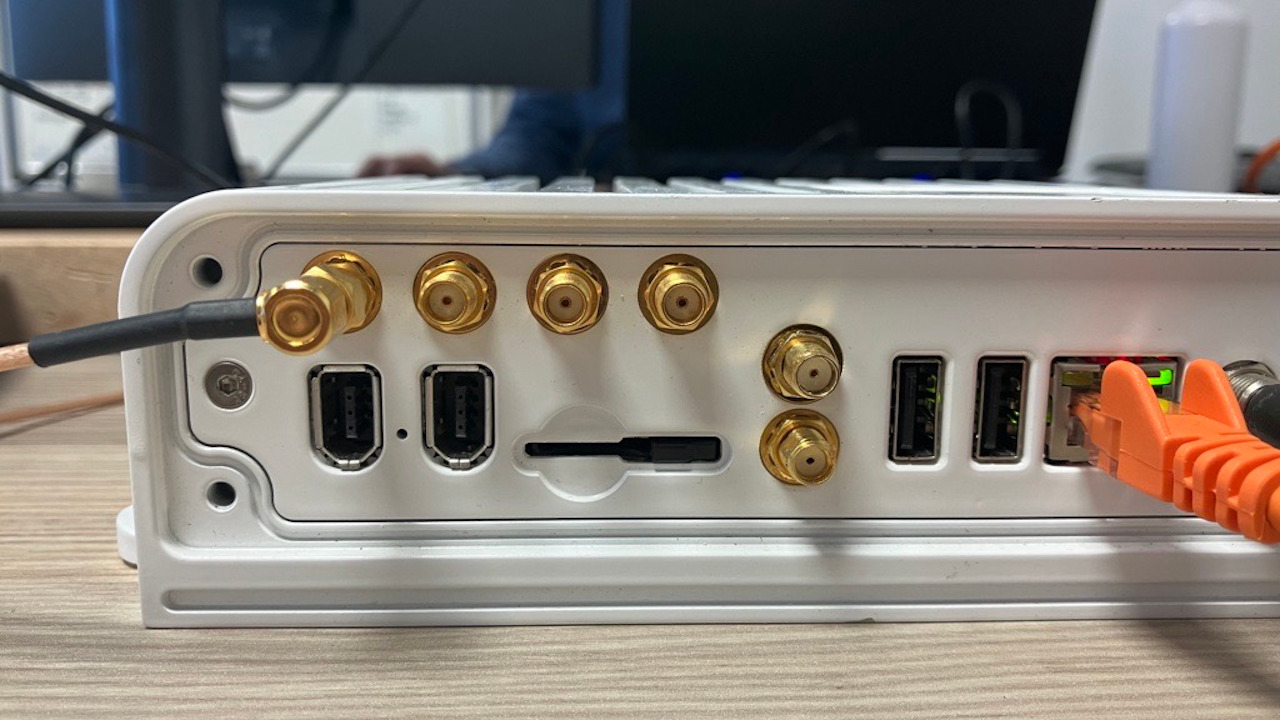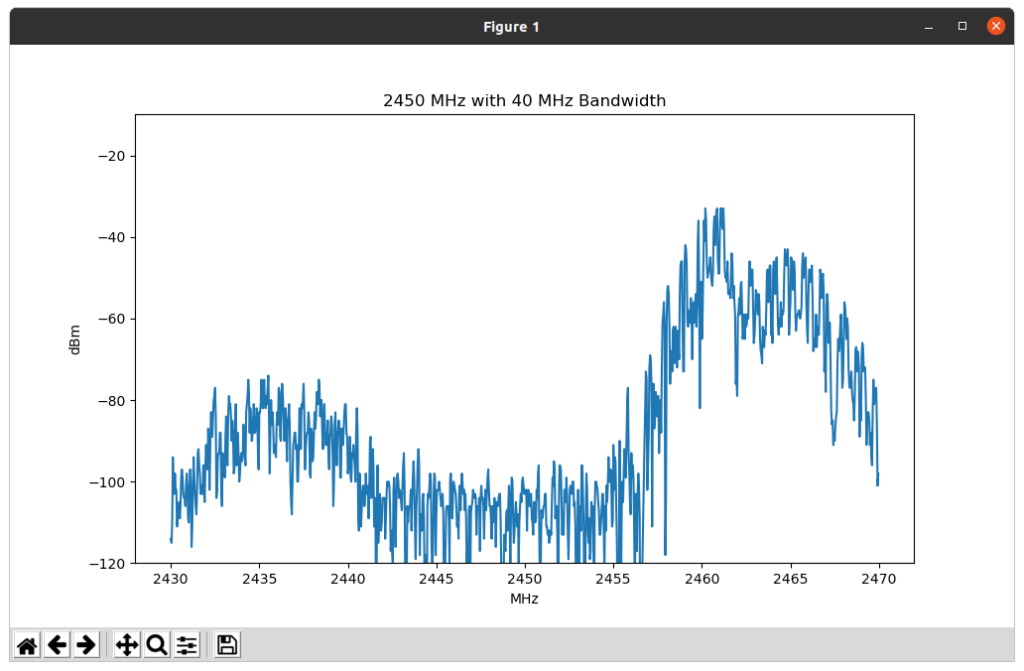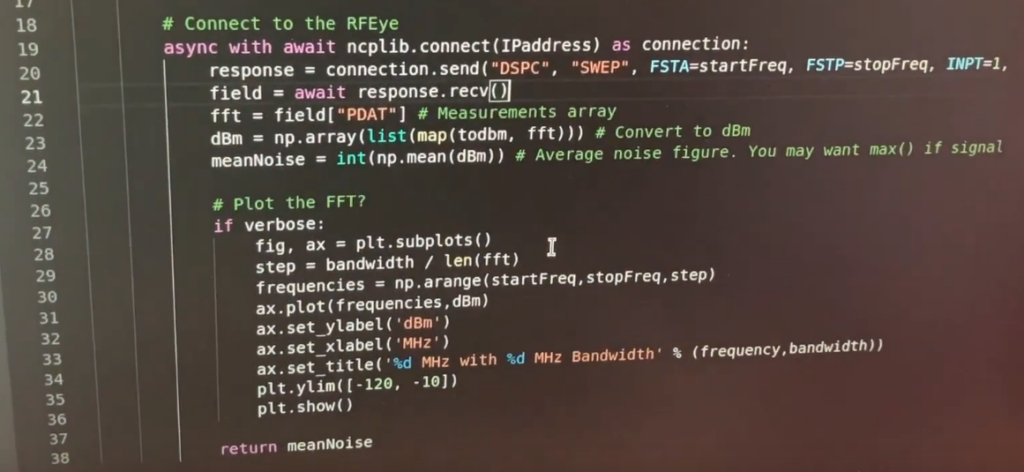
“I’ve never seen modelling that matches the real world”
Anon
Noise in the RF spectrum is a growing issue. It undermines the performance of systems and requires careful spectrum management and deconfliction to mitigate its impact. Sources of noise can be natural, industrial or man made. Regardless of the source, or intent, the issue needs understanding and dealing with to operate effectively in congested spectrum.
Radio users working in cities know about this problem all too well. They can describe the symptoms but are unable to visualise the full impact, and in doing so realise a solution such as an adjustment, through a lack of tooling. Many organisations have bought receivers for use at the edge, and back office software for planning but the two rarely meet…
Noise floor and SNR
The noise floor describes the average minimum RF power in the spectrum. There are different ways to measure it, and depending on the requirement you may want the peak power but for our purposes we are using the mean dBm value within the channel. A quiet noise floor value is -120dBm, subject to bandwidth. The higher this value, the less range you are communicating.
Signal to Noise Ratio (SNR), measured in dB, describes a signals power above the noise. A good signal might be 20dB above the noise and a weak signal only 3dB. Different signals have different SNR requirements; GPS for example uses a BPSK signal with a very low 2dB requirement so it’s barely visible in the noise whereas a DVB QAM signal needs a prominent 20dB SNR to deliver an error free video signal.
In CloudRF, both noise and SNR can be defined to simulate different environments and different waveforms.
A good guess – Johnson-Nyquist noise
Without the presence of man made signals, the RF spectrum has a natural noise floor called the thermal noise floor. This can be calculated with temperature (noise increases with temperature) and bandwidth (More bandwidth equals more noise).
Noise dBm = -173.8 + 10 log10(Frequency in Hertz)Calculators exist to compute this value based on the Johnson-Nyquist formula. We use this in our interface so when you change bandwidth the noise floor is set. This is a good start, consider it a 75% guess, but is not the real noise. To get that you need to go to that place and measure it.
Measuring noise with an RFeye Node
To measure the noise floor accurately you need a high quality receiver. Low quality SDR receivers are easy to come by but will not be able to give you a more accurate noise value than the previously mentioned bandwidth formula.
The CRFS RFeye Node is a high performance RF receiver with an excellent dynamic range, industry leading low noise figure, and sensitivity. The API enabled receiver is in use worldwide for remote spectrum monitoring making it an ideal candidate for integration, especially since it has open source client scripts!
Integration with the CloudRF API
We imported the NCP client library into our open source API client so we could query the noise for our target frequency and bandwidth. Every time our script processes a site, the noise is tested and the result spliced into our site request.
In return we get a model which uses a real noise floor value. Typically this is higher than the formula method resulting in reduced coverage.
The beauty of this integration is the receiver can be in another county but the modelling can be conducted with high precision from home. With the scalability of the API it unlocks several possibilities:
- Model a spreadsheet for a large network, and sample noise floor from local receivers instead of using a generic best guess value
- Model a route for a drone with different noise values along the route. If you’ve ever lost communications with a distant 2.4GHz drone that had LOS this was likely WiFi noise
- Model a radio and/or a waveforms performance in a remote location without visiting or deploying equipment which is expensive and time consuming
Demo video
In this video we put it all together to incorporate live noise into our modelling. We’re executing one site at a time, but with a spreadsheet, the API client will automatically process a network of sites.
References
RFeye python library https://github.com/CRFS/python3-ncplib
CloudRF python script https://github.com/Cloud-RF/CloudRF-API-clients/tree/master/integrations/CRFS
CloudRF API reference https://cloudrf.com/documentation/developer/



